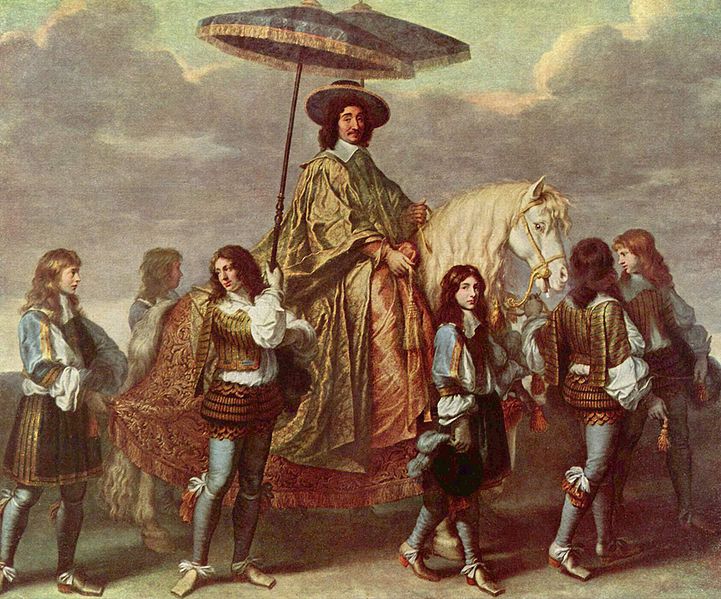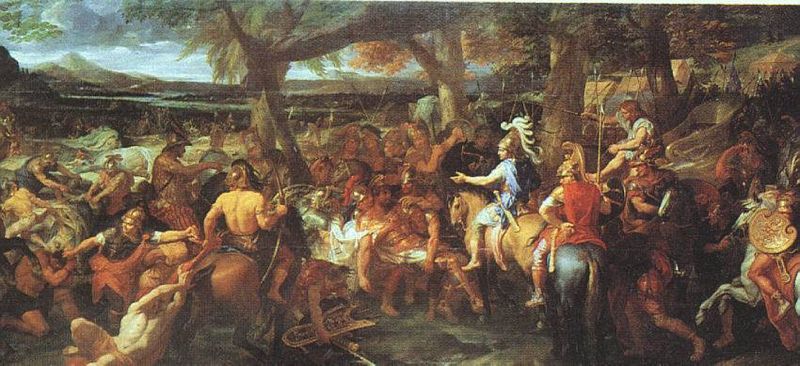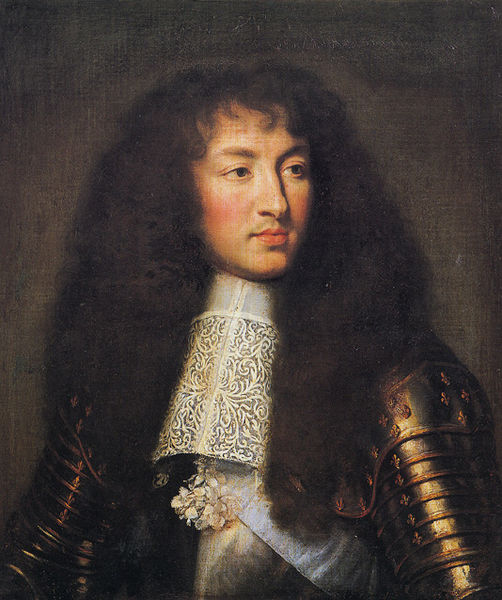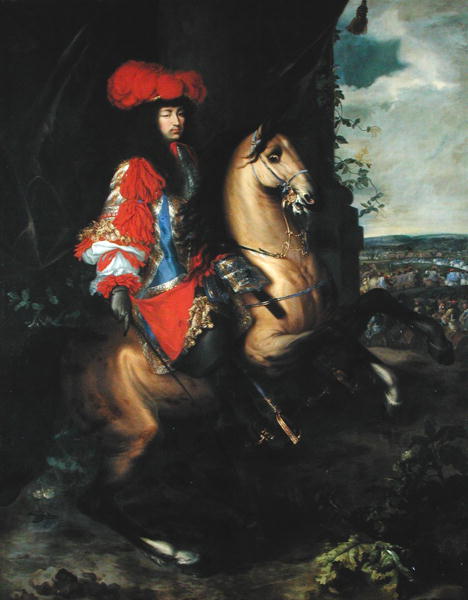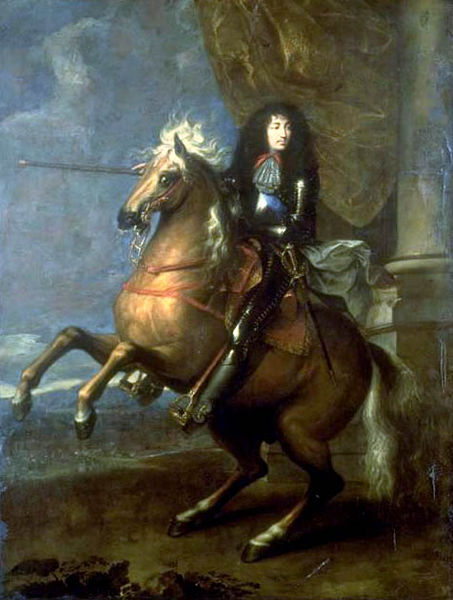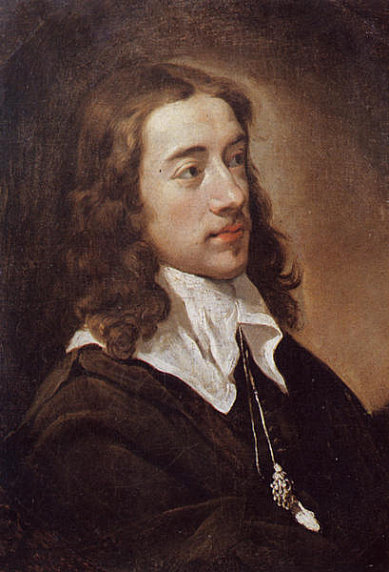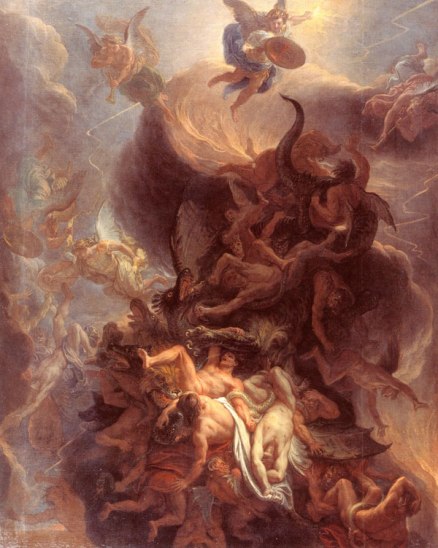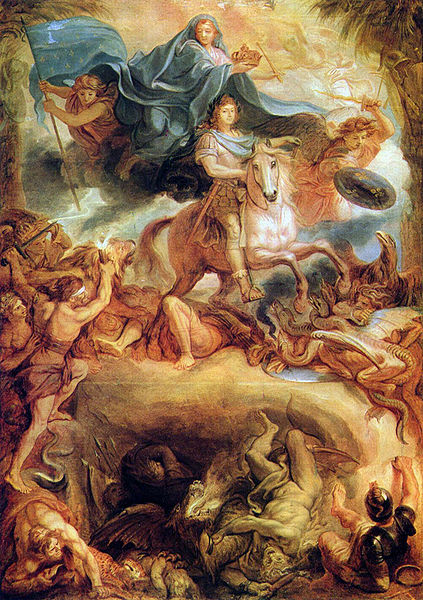<Back to Index>
- Philosopher Giovanni Pico della Mirandola, 1463
- Painter Charles Le Brun, 1619
- 2nd Chancellor of the German Empire Georg Leo Graf von Caprivi de Caprera de Montecuccoli, 1831
PAGE SPONSOR
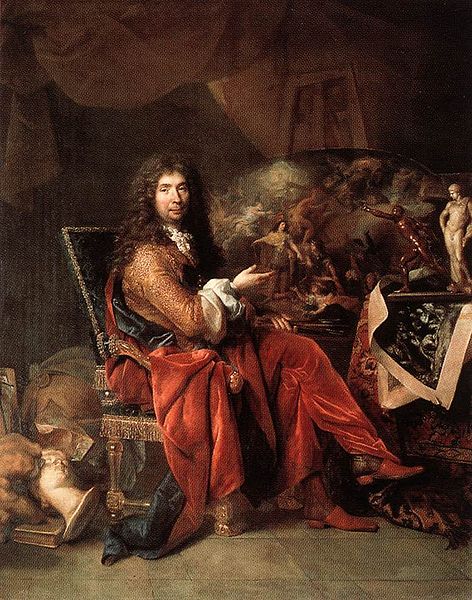
Charles Le Brun (24 February 1619 – 22 February 1690) was a French painter and art theorist, one of the dominant artists in 17th century France.
Born in Paris, he attracted the notice of Chancellor Séguier, who placed him at the age of eleven in the studio of Simon Vouet. He was also a pupil of François Perrier. At fifteen he received commissions from Cardinal Richelieu, in the execution of which he displayed an ability which obtained the generous commendations of Nicolas Poussin, in whose company Le Brun started for Rome in 1642. In Rome he remained four years in the receipt of a pension due to the liberality of the chancellor. There he worked under Poussin, adapting the latter's theories of art.
On his return to Paris in 1646, Le Brun found numerous patrons, of whom Superintendent Fouquet was the most important, for whom he painted a large portrait of Anne of Austria. Employed at Vaux-le-Vicomte, Le Brun ingratiated himself with Mazarin, then secretly pitting Colbert against Fouquet. Colbert also promptly recognized Le Brun's powers of organization, and attached him to his interests. Together they took control of the Academy of Painting and Sculpture (Académie royale de peinture et de sculpture, 1648), and the Academy of France at Rome (1666), and gave a new development to the industrial arts.
Another project Le Brun was working on was Hôtel Lambert. The ceiling in the gallery of Hercules was painted by him. Le Brun started work on the project in 1650, shortly after his return from Italy. The decoration continued intermittently over twelve years or so, as it was interrupted by the renovation of Vaux le Vicomte.
In 1660 they established the Gobelins, which at first was a great school for the manufacture, not of tapestries only,
but of every class of furniture required in the royal palaces.
Commanding the industrial arts through the Gobelins — of which he was
director — and the whole artist world through the Academy — in which he
successively held every post — Le Brun imprinted his own character on all
that was produced in France during his lifetime, he was the originator
of Louis XIV Style and gave a direction to the national tendencies which endured centuries after his death. The
nature of his emphatic and pompous talent was in harmony with the taste
of the king, who, full of admiration at the paintings by Le Brun for
his triumphal entry into Paris (1660) and his decorations at the
Château Vaux le Vicomte (1661), commissioned him to execute a
series of subjects from the history of Alexander. The first of these,
"Alexander and the Family of Darius," so delighted Louis XIV that he at once ennobled Le Brun (December, 1662), who was also created Premier Peintre du Roi (First Painter to His Majesty) with a pension of 12,000 livres, the same amount as he had yearly
received in the service of the magnificent Fouquet. The King had
declared him "the greatest French artist of all time". From this date all that was done in the royal palaces was directed by Le Brun. In 1663, he became director of the Académie royale de peinture et de sculpture, where he laid the basis of academicism and
became the all-powerful, peerless master of seventeenth century French
art. It was during this period that he dedicated a series of works to
the history of Alexander The Great (The Battles of Alexander The Great),
and he did not miss the opportunity to make a stronger connection
between the magnificence of Alexander and that of the great King. While
he was working on The Battles,
Le Brun's style became much more personal, revealing the essence of Le
Brun as he moved away from the ancient masters that influenced him.
The works of the gallery of Apollo in the Louvre were interrupted in 1677 when he accompanied the king to Flanders (on his return from Lille he painted several compositions in the Château de Saint-Germain-en-Laye), and finally - for they remained unfinished at his death - by the vast labours of Versailles, where he reserved for himself the Halls of War and Peace (Salons de la Guerre and de la Paix, 1686), the Ambassadors' Staircase, and the Great Hall of Mirrors (Galerie des Glaces, 1679 – 1684). Le Brun's decoration is not only a work of art, it is the definitive monument of a reign.
At the death of Colbert, François-Michel le Tellier, Marquis de Louvois,
Colbert's enemy, who succeeded as superintendent in the department of
public works, showed no favour to Le Brun who was Colbert's favorite,
and in spite of the king's continued support Le Brun felt a bitter
change in his position. This contributed to the illness which on 22
February 1690 ended in his death in his private mansion, in Paris. Le Brun primarily worked for King Louis XIV, for whom he executed large altarpieces and battle pieces.
His most important paintings are at Versailles. Besides his gigantic
labours at Versailles and the Louvre, the number of his works for
religious corporations and private patrons is enormous. Le Brun was
also a fine portraitist and
an excellent draughtsman. But he was not fond of portrait or landscape
painting, which he felt to be a mere exercise in developing technical
prowess. What mattered was scholarly composition, whose ultimate goal
was to nourish the spirit. The fundamental basis on which the director
of the Academy based his art was unquestionably to make his paintings
speak, through a series of symbols, costumes and gestures that allowed
him to subtly add to his composition the narrative elements that gave
his
works a particular depth. For Le Brun, a painting represented a story
one could read. Nearly all his compositions have been reproduced by
celebrated engravers. In his posthumously published treatise, Méthode pour apprendre à dessiner les passions (1698) he promoted the expression of the emotions in painting. It had much influence on art theory for the next two centuries. Many of his drawings are in the Louvre and the Monaco Royal Collection. He was also the teacher of painter Ludovico Dorigny.

